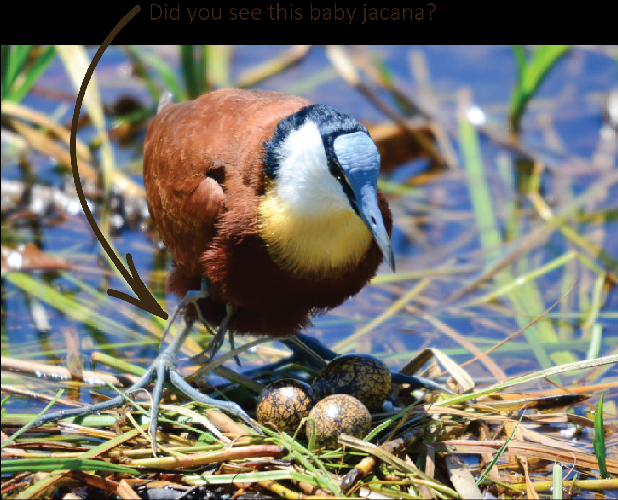
Bird eggs come in different shapes, sizes and some even have different colors. Just like anything else in the wilderness, there’s a logical reason. Have you ever stopped to wonder why certain eggs have colors?
Depending on where the egg has been laid, the main reason is to ultimately camouflage the egg from potential predators. The more vulnerable the eggs are to predators because of location, habitat, nest exposure etc., the more elaborately colored they will be.
EcoTraining instructor Ross Hawkins says this feature is especially noticeable in ground-nesting birds. Their nests are simple scrapes in the soil making a small depression. Maybe a few pieces of debris — such as animal dung, stones and twigs — might be added to help conceal the eggs. The eggs need to then be virtually invisible to all potential enemies.
How does this camouflage happen?
This camouflage is created by pigmentation which takes place during the lay as it passes through the mother bird’s pigmentation glands. Colors obtained by synthesizing various metabolic compounds (such as blood, bile and melanin) adorn the shell with shades of red, brown and blue.
Depending on how the glands secrete these pigments, the egg will end up speckled or maybe spotted or even have wavy lines and as the egg passes down the mother bird’s oviduct. These pigments dry on contact with air. When the egg is finally laid, the end result is a near-perfectly camouflaged egg.
Bird eggs from colder parts of the world tend to be darker in color than eggs from warmer climates. This is due to the darker eggs being able to absorb more heat in cold climates and the lighter colored ones enabling the reflection of heat in warmer areas.
The next time you come across a spotted or colorful egg, remember that it’s nature’s way of protecting their offspring.
Wanna learn more about birds? Why not try the EcoTraining Waterbird Quiz!


1 Comment